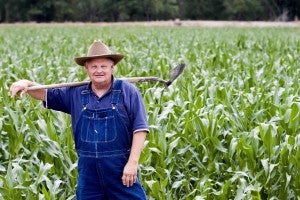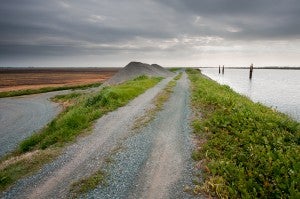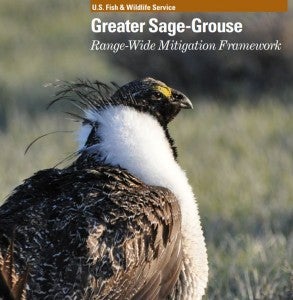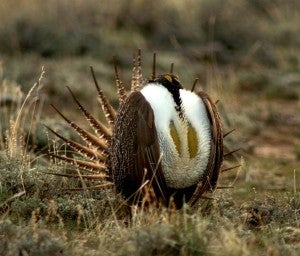 2014 was a milestone year for sustainable agriculture across the United States and around the world. In the U.S., we saw food companies and agribusiness like United Suppliers step up to the plate to meet Walmart’s new demand for sustainable grains, and EDF’s launch of the new Sustainable Sourcing Initiative. We also saw the launch of the United Nations’ Global Alliance for Climate-Smart Agriculture, which aims to enable 500 million farmers worldwide to practice sustainable farming.
2014 was a milestone year for sustainable agriculture across the United States and around the world. In the U.S., we saw food companies and agribusiness like United Suppliers step up to the plate to meet Walmart’s new demand for sustainable grains, and EDF’s launch of the new Sustainable Sourcing Initiative. We also saw the launch of the United Nations’ Global Alliance for Climate-Smart Agriculture, which aims to enable 500 million farmers worldwide to practice sustainable farming.
On the Colorado River, countless stakeholders including U.S. and Mexican policymakers, conservation organizations and farmers came together to orchestrate and witness the Colorado River Delta pulse flow – the temporary release of water across the United States-Mexico border that brought relief and restoration to the dry, empty river delta ecosystem – an historic accomplishment for people and the environment.





